Best hikes in Arches National Park: explore a red rock wonderland
The best hikes in Arches National Park range from short strolls to day-long primitive adventures that will take you up close and personal with geological evolution
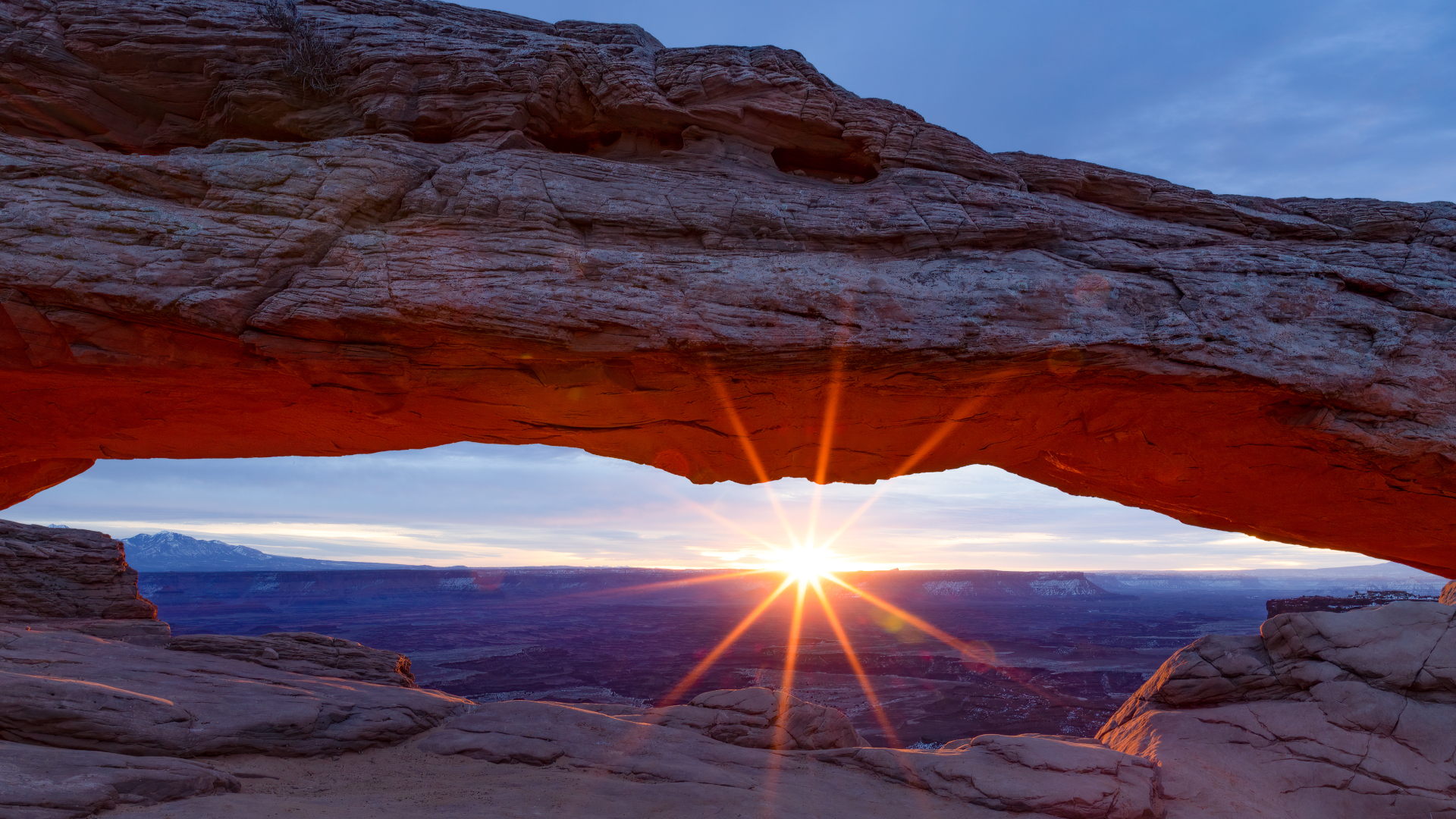
Simply put, Arches National Park is like no other place on earth. Proclaimed as a red rock wonderland, Arches is famous for having over 2,000 natural sandstone rock arches as well as hundreds of other spectacular rock formations like pinnacles, fins and balanced rocks. The best way to experience this National Park is by foot on its slickrock trails, and the best hikes in Arches National Park range from short strolls to day-long primitive adventures that will take you up close and personal with geological evolution.
Located in eastern Utah, four miles north of Moab, the landscape of Arches was formed by a sea bed 65 million years ago that was forced up to thousands of feet above sea level before being slowly eroded by wind and water over time. Arches makes an unforgettable destination as a day trip, a multi-day camping trip, and can also be paired with nearby Canyonlands National Park for an epic adventure. Many of our picks for the best hikes in Arches National Park are short but can be combined with others in the same day.
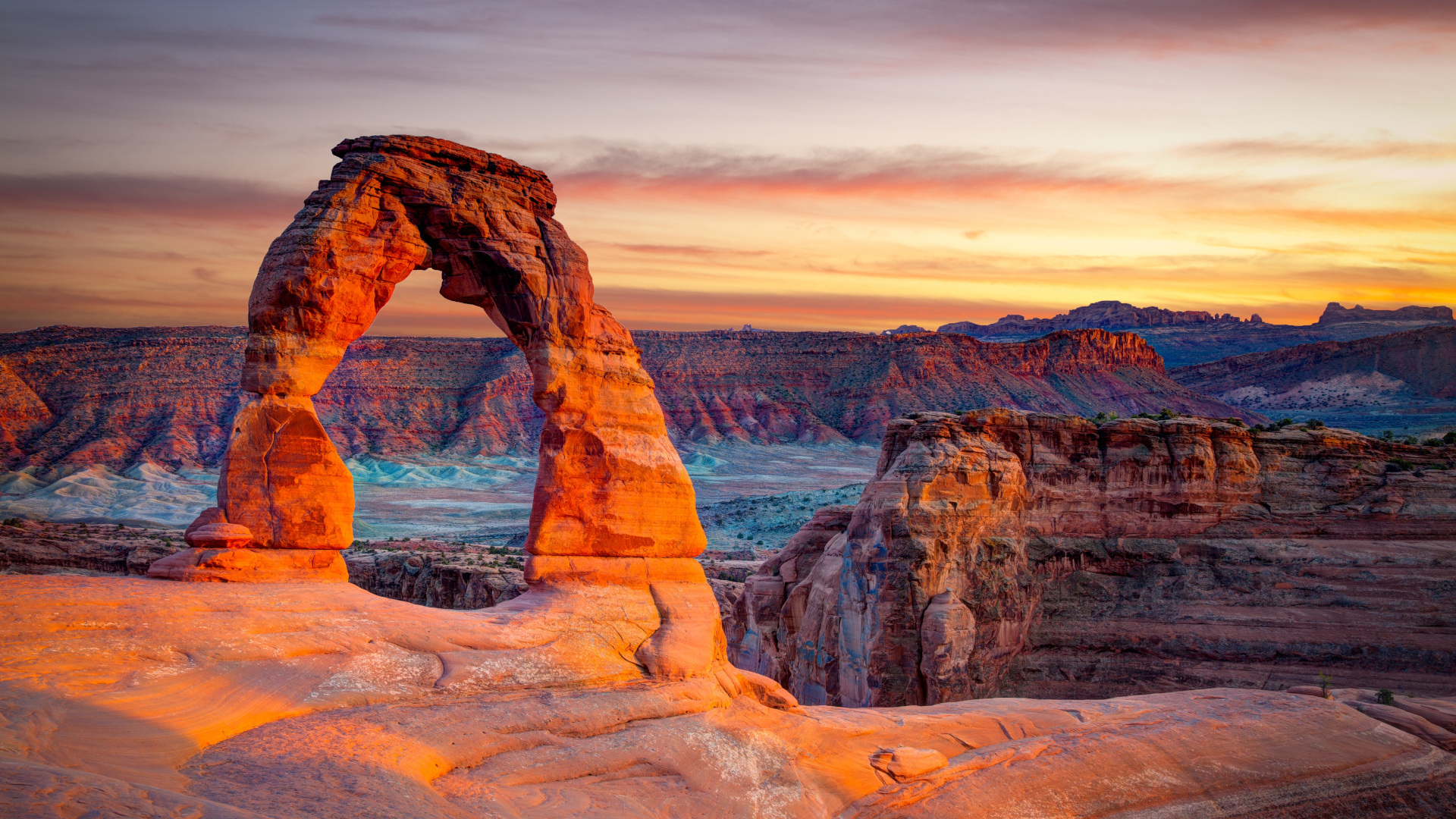
Arches National Park lies in the desert landscape of the Colorado Plateau and therefore special considerations should be taken when hiking here. In addition to your best hiking boots, you’ll want to read our guide to desert hiking before visiting for tips on dressing properly.
The best times to visit Arches are the spring and fall when daytime highs are comfortably between the 60s and 80s. In the summer, temperatures can be well into the hundreds, while the quiet period during winter can also make for a good time to visit, though snow and ice can make an appearance on the trails.
Spending some time in Utah? Be sure to check out our guide to the state’s incredible National Parks and Monuments.
Landscape Arch

Distance: 1.9 miles
Difficulty: Easy
This hike features an easy paved trail to the biggest arch on the planet. Chunks of rock have broken off the arch over the last 100 years, some as large as cars, leaving the arch itself looking precariously thin, increasing the sense of urgency around seeing this arch soon lest it collapses completely. The arch is located at the end of Devil’s Garden Trail and the walk there takes you through a playground of arches, spires, and fins which are narrow rock walls that eventually erode and give way to the formation of arches like Landscape Arch.
All the latest inspiration, tips and guides to help you plan your next Advnture!
Delicate Arch
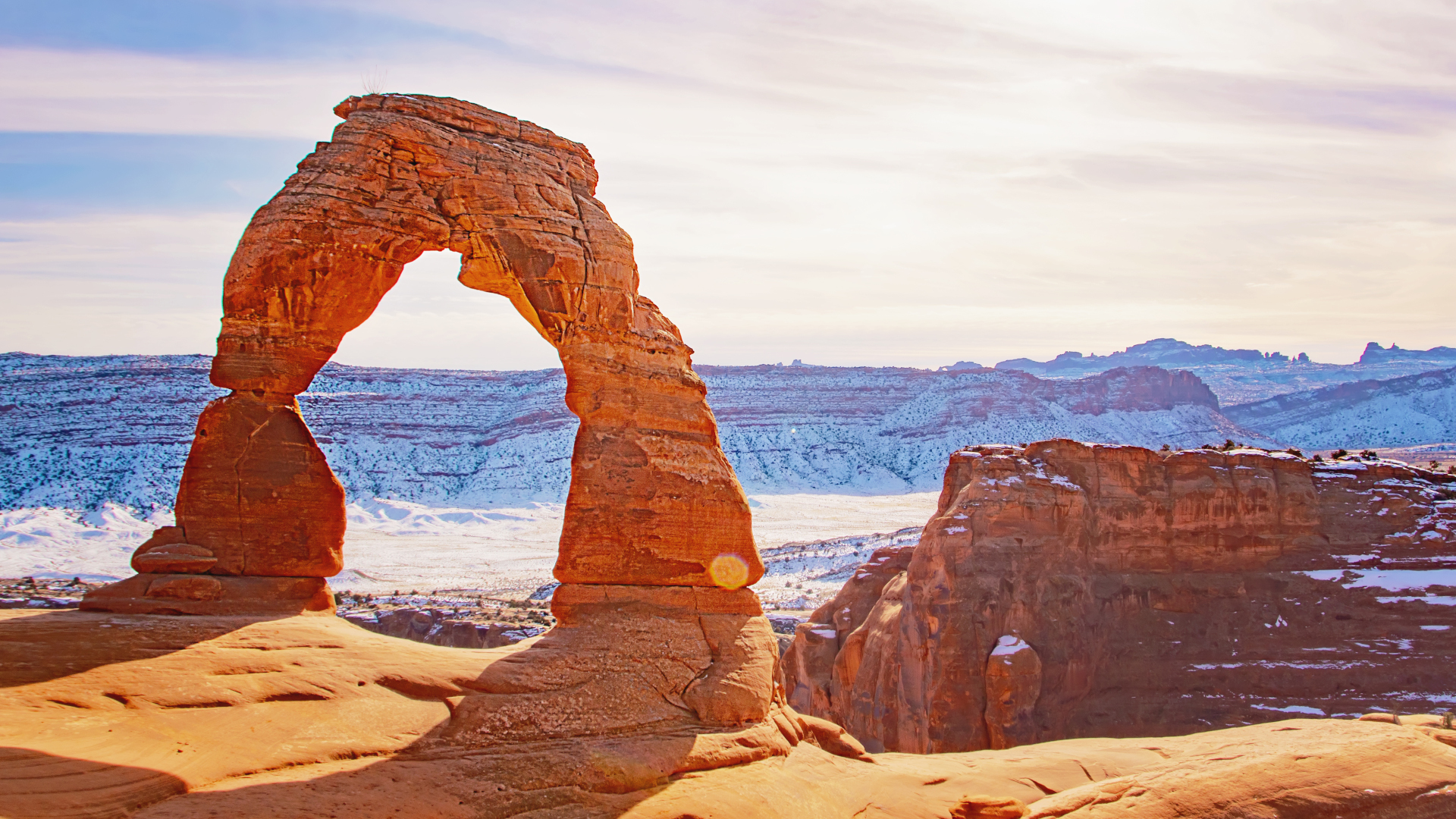
Distance: 3 miles
Difficulty: Moderate
The hike to Delicate Arch easily tops the to-do list for visitors here, and it’s no surprise. As one of the most famous geological formations in the world, Delicate Arch has become the unofficial state symbol of Utah and even made it onto a commemorative quarter.
This free-standing sandstone arch is the largest in Arches National Park standing 46ft high and 32ft wide and you can’t see it from the road so you’ll have to get your hiking boots on. Park at the trailhead for Wolfe Ranch and take the smooth, red slickrock trail uphill at a steady pace passing some smaller stone arches and a wall of Ute Indian petroglyphs on the way as well as two good viewpoints of the arch. The real event however is getting up close to the arch so it’s worth going all the way.
Devil’s Garden
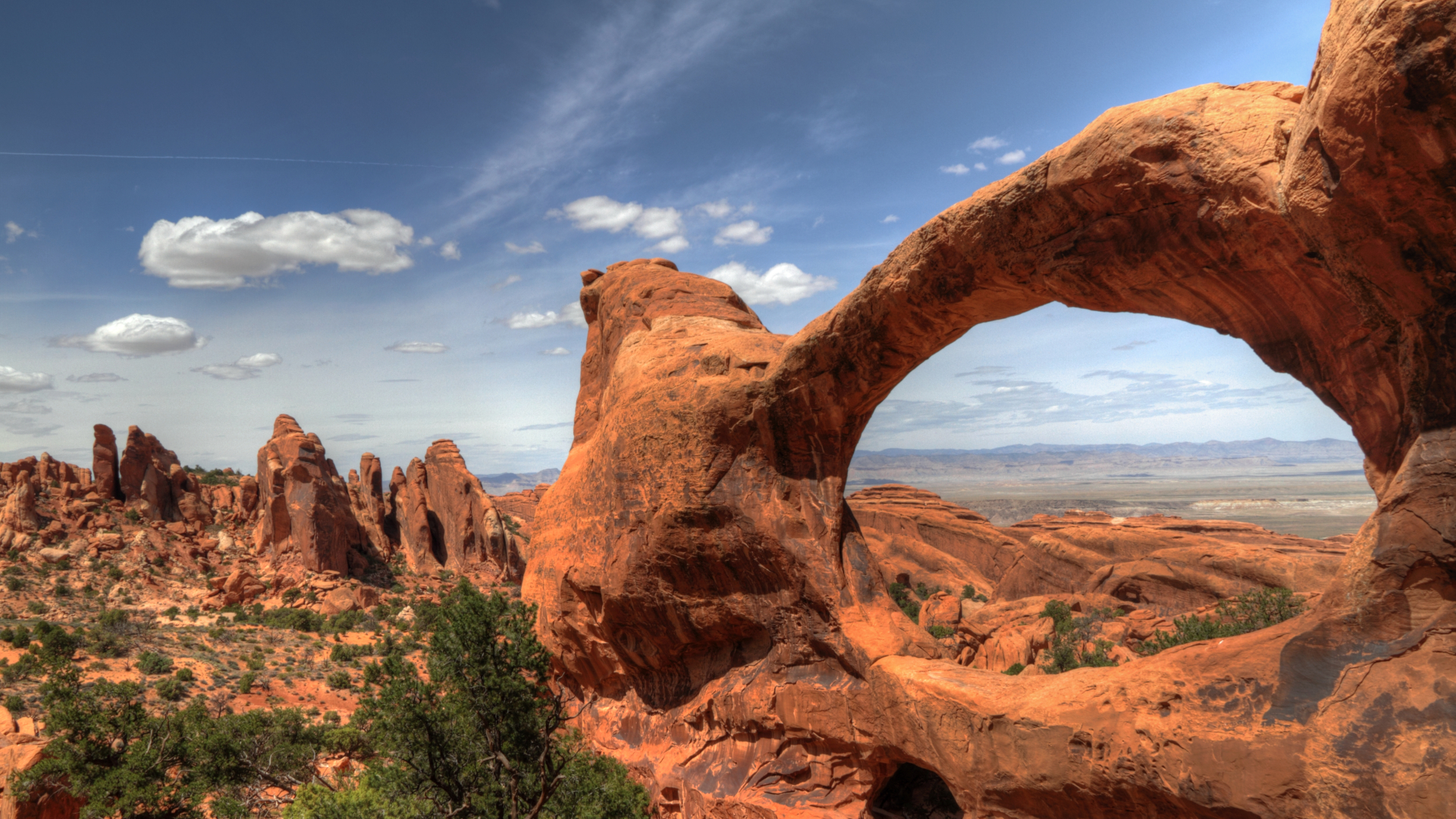
Distance: 7.9 miles
Difficulty: Challenging
Though Devil’s Garden is the longest and most difficult trail in the Park, it can be customized to your needs so don’t let that put you off. The whole route in the northern end of the park is a primitive hiking loop taking you to seven different arches: Tunnel Arch, Pine Tree Arch, Landscape Arch, Partition Arch, Navajo Arch, Boulder O Arch, Dark Angel and Private Arch.
If you’re feeling adventurous, you could do the entire loop and enjoy some scrambling, hiking across rock vins and be treated to some of the most stunning views the park has to offer. if you're shorter on time or looking for something gentler, you can also just hike to the arches closest to the trailhead (Tunnel, Pine Tree and Landscape) and turn back when you’re ready.
Double Arch
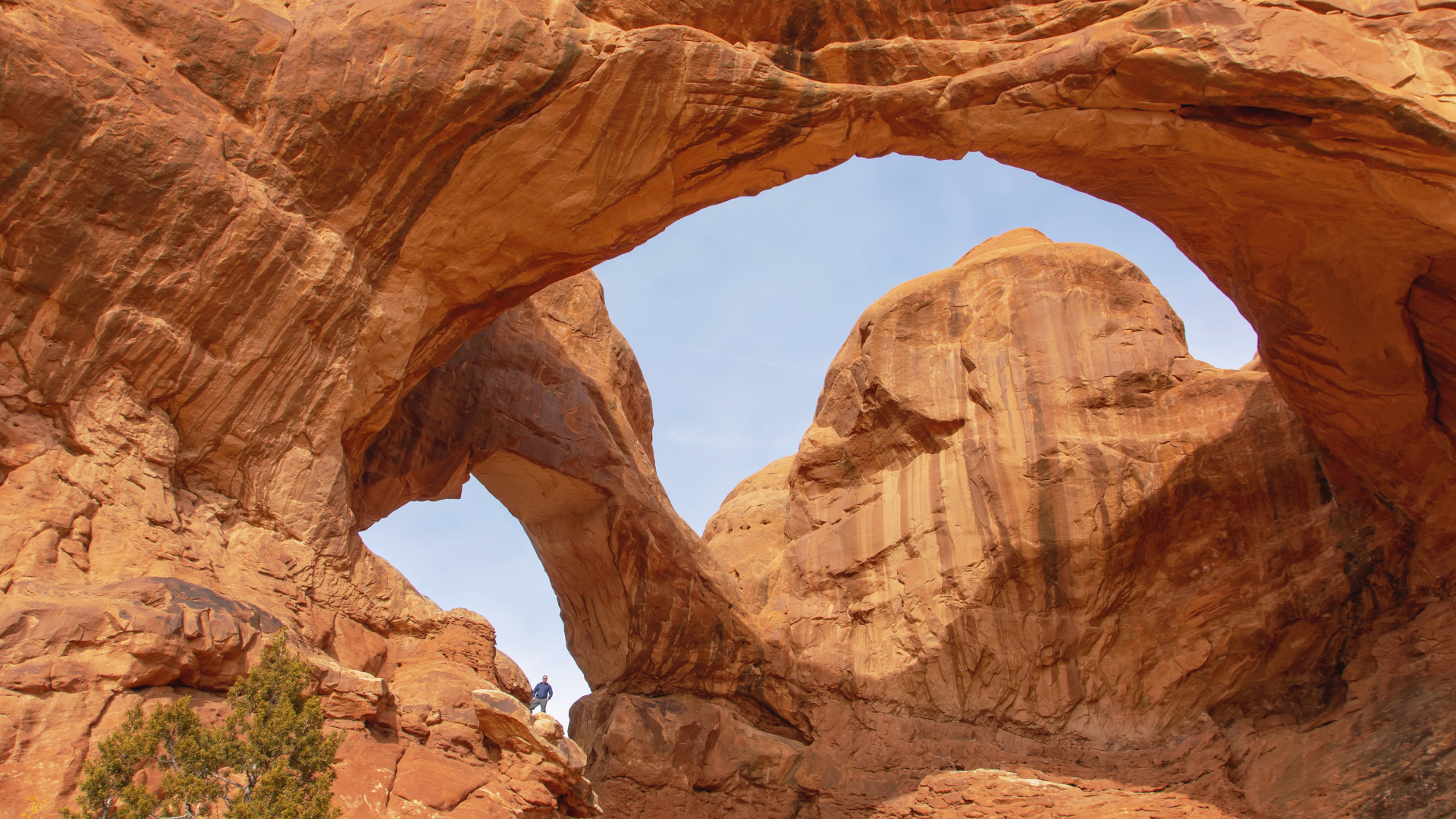
Distance: 0.6 miles
Difficulty: Easy
If you’re seeking a short, easy hike to one of the most jaw-dropping rock arches in the Park, look no further than Double Arch Trail. Located in the Window’s section of the Park, this sandy trail leads you to two arches formed by downward water erosion. There’s an optional scramble at the end of the trail up to the base of the arches. If you want to stretch your legs more, don’t worry – while you’re in this area, you can also explore the Parade of Elephants, Turret Arch, the Windows, Cove Arch, Ribbon Arch, Elephant Butte, and the Cove of Caves
Skyline Arch
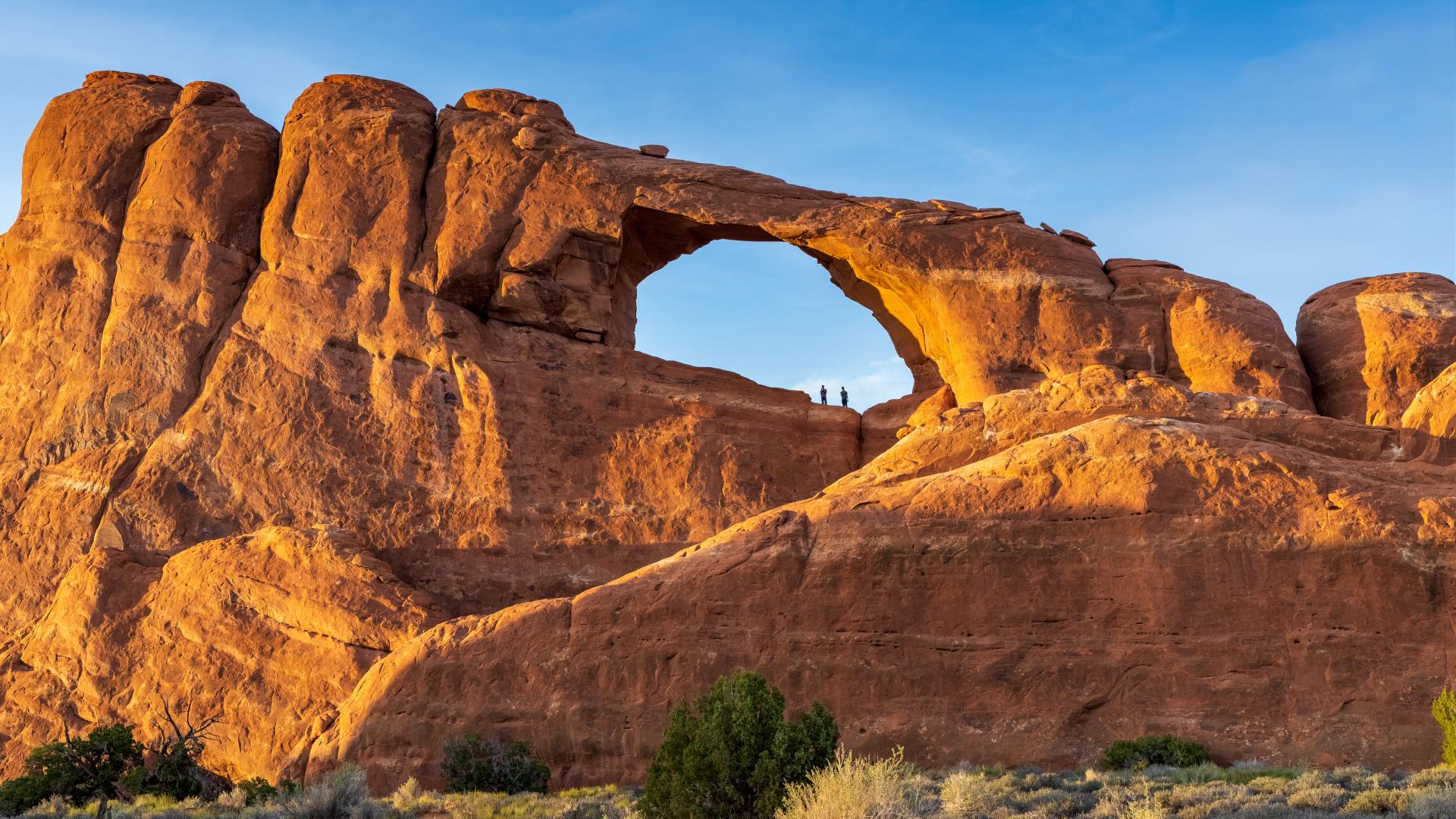
Distance: 0.4 miles
Difficulty: Easy
Perched up on the skyline, rather than with rocks behind it, Skyline Arch offers great sunset photo opportunities and is easy to get to via a short, flat dirt trail with optional scrambling at the end for those who wish to get closer. You get there from Devil’s Campground trailhead meaning you can easily combine it with other hikes in the same day. This splendid Arch doubled in size in 1940 when a large chunk of rock fell from the formation.
Broken Arch
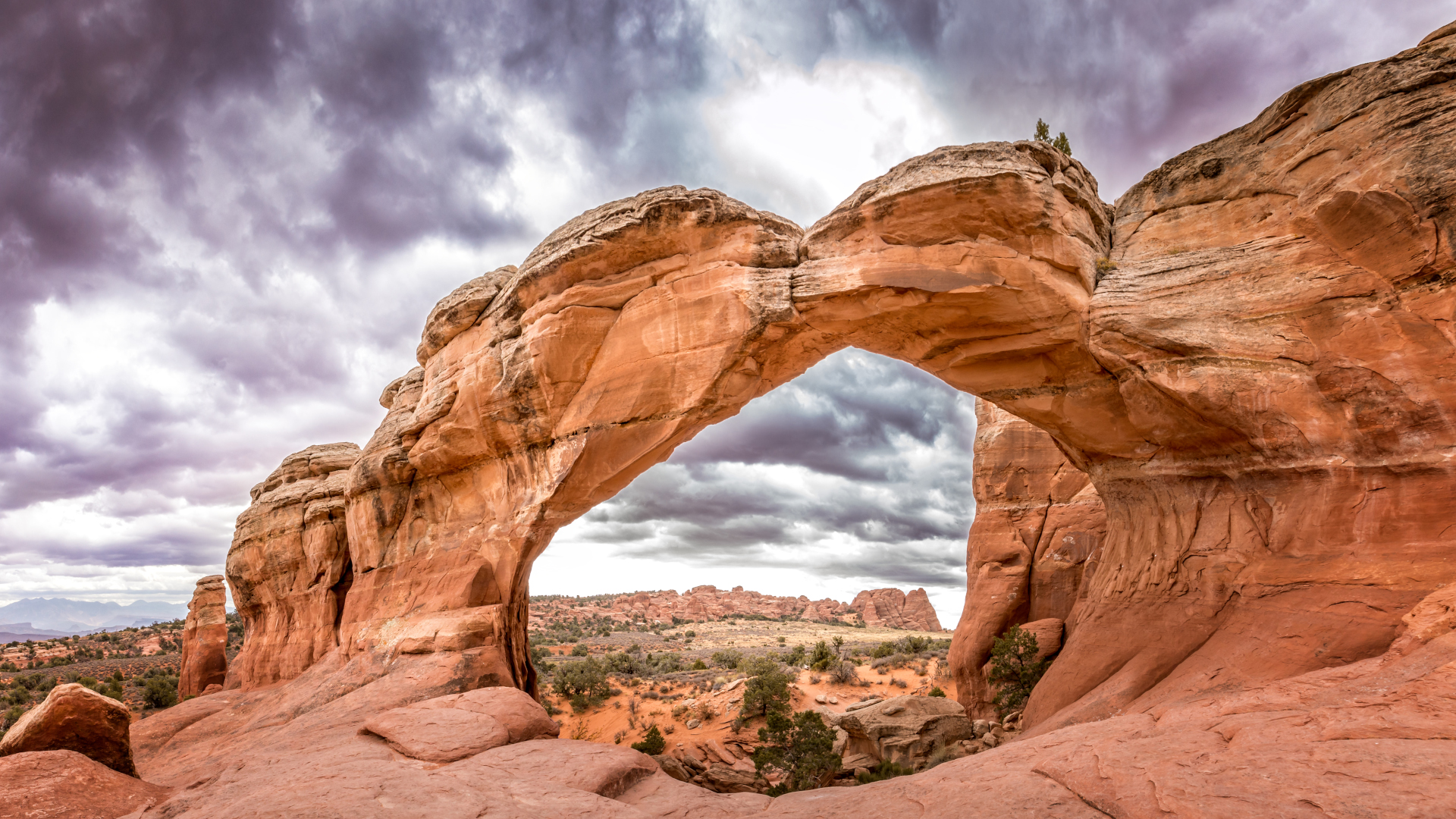
Distance: 1.2 miles
Difficulty: Easy
Up near Devil’s Garden, Broken Arch is not broken but wearing rather thin these days. This route takes you under Broken Arch and also takes in Sand Dune Arch via a short, narrow slot canyon where you’ll find some cool shade, and Tapestry Arch.
Tower Arch
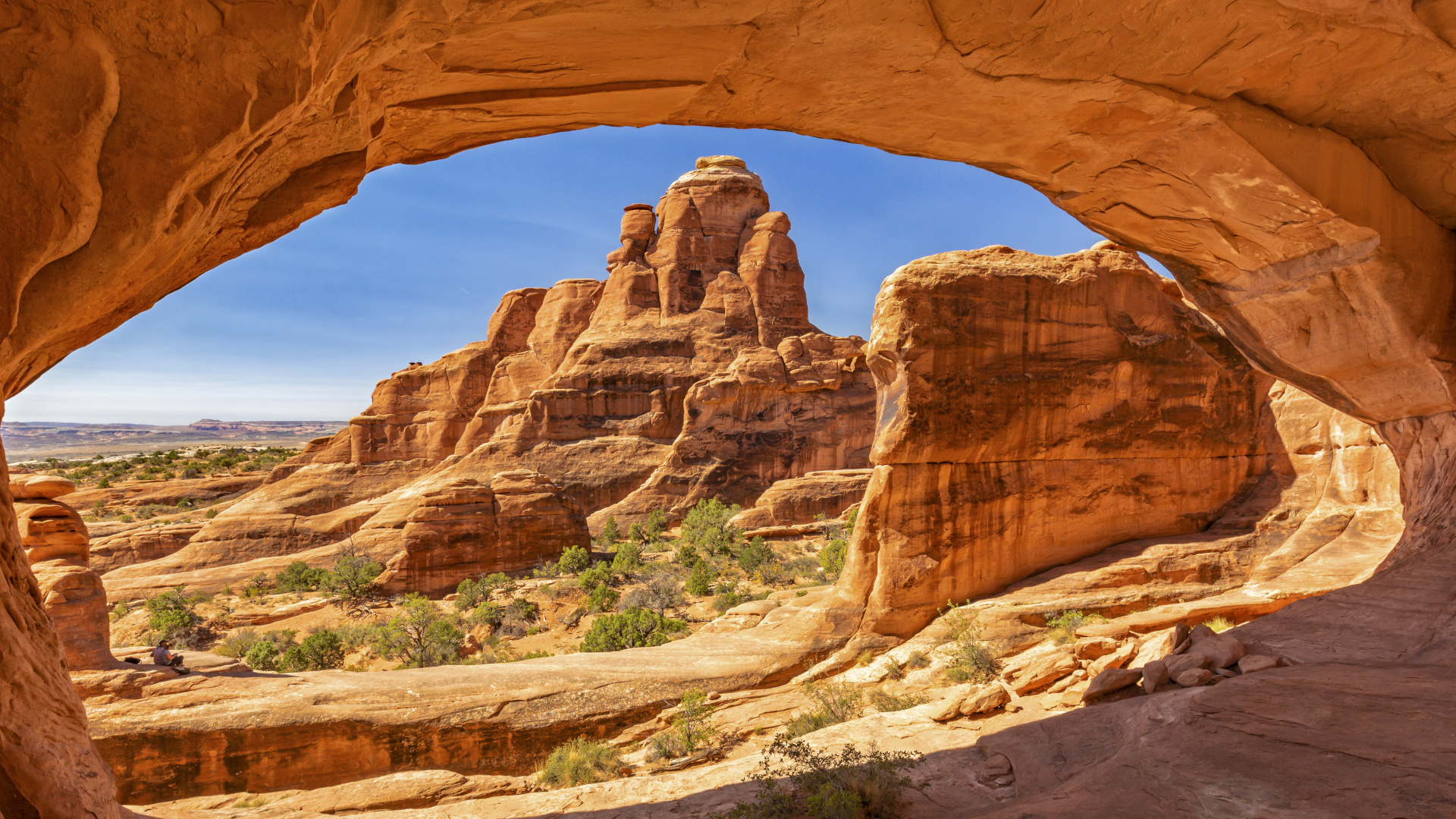
Distance: 2.4 miles
Difficulty: Moderate
If you’re seeking some solitude from all the crowds in the busy park, head for Tower Arch which is hidden behind the Klondike Bluffs up at the northwestern edge of the Park. In addition to the large, 92ft wide arch, you’ll pass the Marching Men, which form part of a gigantic fin of eroding sandstone, and are a series of tall, thin towers that stand atop the fin in a row.
Window’s Loop

Distance: 1.2 miles
Difficulty: Easy
Windows Loop Trail packs quite a punch with an easy, short climb that delivers three stunning arches on the way making it a must-do hike in the Windows area of Arches National Park.
Start at the Windows/Turret Arch parking area and go in either direction on the gravel trail. On the short loop, you’ll be able to walk under and through North Window and South Window which were formed from the same slab of sandstone as well as Turret Arch which is a relatively small and young arch.
Julia Clarke is a staff writer for Advnture.com and the author of the book Restorative Yoga for Beginners. She loves to explore mountains on foot, bike, skis and belay and then recover on the the yoga mat. Julia graduated with a degree in journalism in 2004 and spent eight years working as a radio presenter in Kansas City, Vermont, Boston and New York City before discovering the joys of the Rocky Mountains. She then detoured west to Colorado and enjoyed 11 years teaching yoga in Vail before returning to her hometown of Glasgow, Scotland in 2020 to focus on family and writing.

